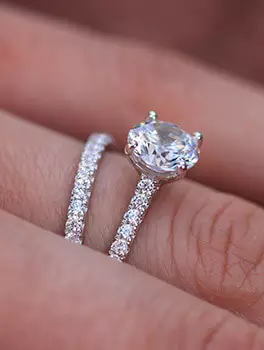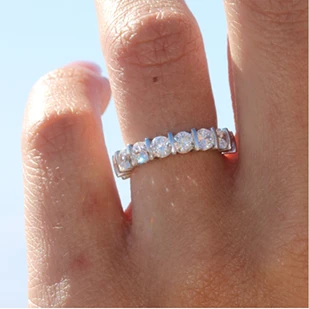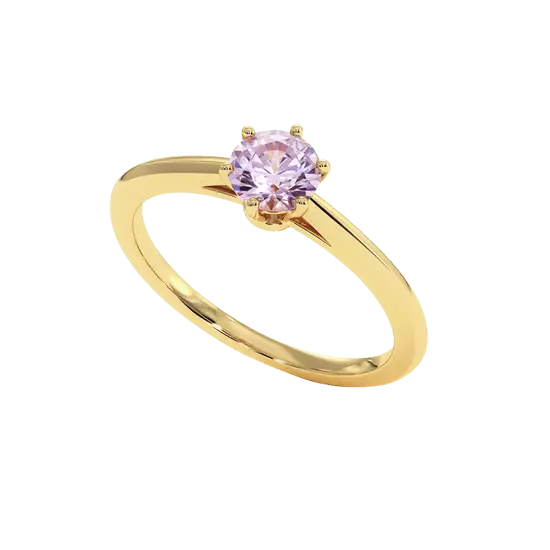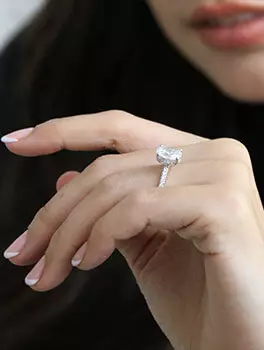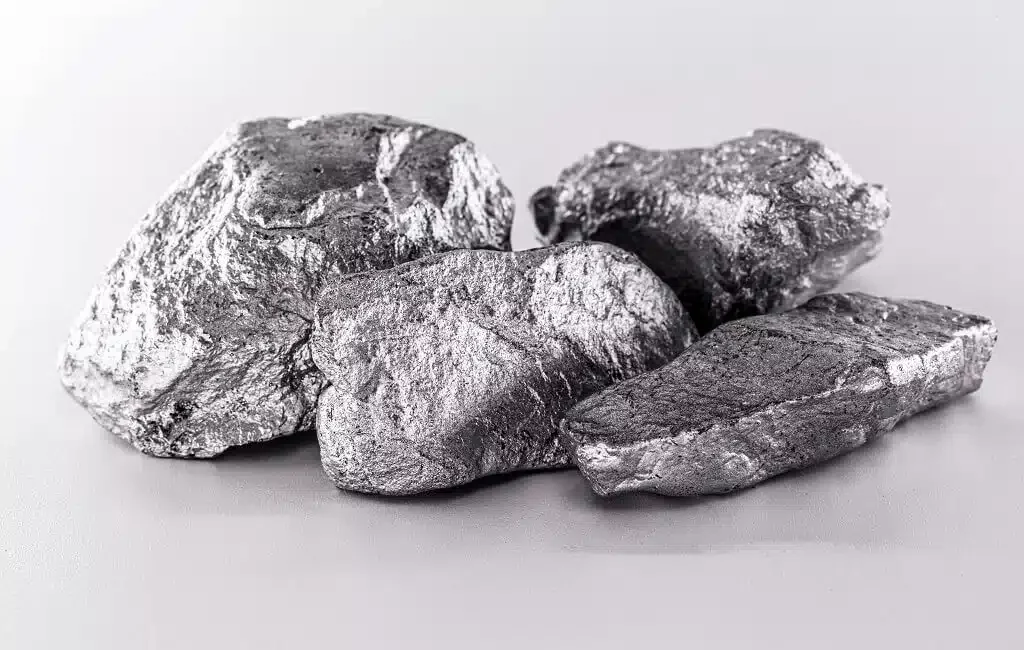MONEY: ORIGINS, CHARACTERISTICS AND MAINTENANCE TIPS
Money, precious metal with a brilliant shine, occupies a privileged place in the field of gems and jewelry. Its brightness, malleability, and ability to enhance the splendor of various precious stones make it an unavoidable choice. However, pure silver is rarely used in its raw state; it is generally alloyed with other metals to strengthen its resistance. Explore the fascinating history, distinctive characteristics, various classifications, and numerous advantages of silver, this noble metal imbued with unique sophistication. In addition, familiarize yourself with the specifics of 925 silver, learn to identify the silver hallmark, and discover the best practices for preserving the beauty of your silver jewelry.
ORIGINS AND SYMBOLISM
The attraction to money dates back to ancient times, going back to the Neolithic with objects dating from this period. The value of money goes beyond its rarity and beauty, encompassing rich symbolism representing the moon, purity, and femininity. Through the centuries, this precious metal has transcended civilizations, from ancient Egypt to the Roman Empire, and its importance in economic history has continued to grow, particularly with the discovery of the New World.
MAIN FEATURES
Silver, a precious metal with distinctive characteristics, stands out for its bright white shine and malleability, making it a material of choice for jewelry making. Its ability to enhance a wide range of precious stones, from diamonds to sapphires, makes it a preferred choice in jewelry. In addition, its density, hardness, and conductive properties highlight its exceptional qualities as a precious metal.
CLASSIFICATION AND TYPES OF MONEY
Money comes in different forms, each with its own characteristics. One of the most familiar is 925 silver, also called sterling silver, made up of 92.5% pure silver and 7.5% other metals, usually copper. To recognize sterling silver, it is often enough to spot a hallmark with the inscriptions "925" or "Sterling". A more economical alternative is silver plated, while rhodium silver consists of a thin layer of rhodium added to the silver to enhance its shine and resistance to tarnish.
THE BENEFITS OF SILVER IN JEWELRY
In the world of jewelry, silver is a popular choice for making various pieces of jewelry, such as engagement rings and wedding bands. Its neutral color makes it adaptable to a variety of styles and occasions. The rhodium plating process can alter its hue, giving it a brilliant white shine. A more economical alternative is to plate silver to create affordable jewelry without compromising the distinctive shine of this metal.
IMPACTS OF MONEY ON THE ENVIRONMENT
Although possessing undeniable qualities, silver carries significant ecological risks. It proves to be highly toxic for many cold-blooded organisms, as well as for bacteria and fungi. From a concentration exceeding 0.4 ng/litre, silver is classified as a pollution indicator, thus raising major concerns about the environmental impact of its extraction and use.
HOW TO MAINTAIN YOUR SILVER JEWELRY?
Silver, due to its composition with copper, tends to tarnish and darken over time. However, by adopting regular and appropriate maintenance practices, such as avoiding exposure to water and certain chemicals, your silver jewelry can maintain its shine for an extended period. Simple and effective cleaning methods include the use of toothpaste or baking soda. It is important to note that the darkening of silver does not indicate inferior quality, but rather a normal chemical reaction to moisture. Polishing or rhodium plating can be used to remove signs of wear.
Through the centuries, silver has earned its place as a precious metal that is both elegant and contemporary, making it a preferred material for high-quality jewelry. Its rich history, distinctive features, including the recognizable 925 silver category marked by its hallmark, as well as its accessibility, make it a choice appreciated by both jewelry lovers and jewelry experts. By following the appropriate care tips for your silver jewelry, you ensure the preservation of their beauty and shine over the years.

HOW TO CLEAN YOUR SILVER JEWELRY?
Compared to gold and platinum, silver has a greater propensity to tarnish when worn daily. However, its maintenance is easy and it can be cleaned effectively. A simple method is to use toothpaste: apply it to the silver jewelry, gently rub with a soft-bristled toothbrush, rinse the jewelry with water to avoid white marks, then dry it with a clean cloth.
If your silver jewelry requires a more thorough cleaning, rhodium plating is an option. This technique, performed by a professional, brings the jewelry back to life. For more information, check out our article on rhodium plating (insert link to the article on rhodium plating). Note: the rhodium plating technique can also be applied to silver and white gold jewelry.
ALSO FIND:








NEWSLETTER
Sign up to receive the latest news regarding
the products and services CELINNI, and much more.
This website uses its own and third-party cookies to improve our services and show you advertising related to your preferences by analyzing your browsing habits. To give your consent to its use, press the Accept button.
Cookie preferences
| Cookie | Provider | Purpose | Expiry |
|---|---|---|---|
| PHP_SESSID | www.celinni.com | The PHPSESSID cookie is native to PHP and allows websites to store serialised status data. On the website it is used to establish a user session and to pass state data through a temporary cookie, which is commonly known as a session cookie. These Cookies will only remain on your computer until you close your browser. | Session |
| PrestaShop-# | www.celinni.com | This is a cookie used by Prestashop to store information and keep the user's session open. It stores information such as currency, language, customer ID, among other data necessary for the proper functioning of the shop. | 480 hours |






















